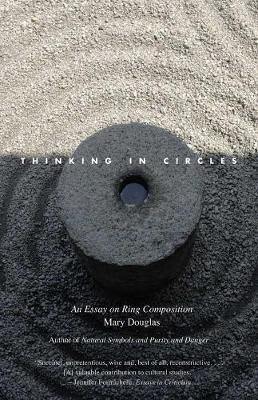Exploring beyond the usual boundaries of social anthropology, a leader in the field shows why our readings of ancient literary texts may be off the mark
Many famous antique texts are misunderstood and many others have been completely dismissed, all because the literary style in which they were written is unfamiliar today. So argues Mary Douglas in this controversial study of ring composition, a technique which places the meaning of a text in the middle, framed by a beginning and ending in parallel. To read a ring composition in the modern linear fashion is to misinterpret it, Douglas contends, and today's scholars must reevaluate important antique texts from around the world.Found in the Bible and in writings from as far afield as Egypt, China, Indonesia, Greece, and Russia, ring composition is too widespread to have come from a single source. Does it perhaps derive from the way the brain works? What is its function in social contexts? The author examines ring composition, its principles and functions, in a cross-cultural way. She focuses on ring composition in Homer's Iliad, the Bible's book of Numbers, and, for a challenging modern example, Laurence Sterne's Tristram Shandy, developing a persuasive argument for reconstruing famous books and rereading neglected ones.
- ISBN10 0300167857
- ISBN13 9780300167856
- Publish Date 28 September 2010
- Publish Status Active
- Publish Country US
- Imprint Yale University Press
- Format Paperback (US Trade)
- Pages 192
- Language English
- URL http://wiley.com/remtitle.cgi?isbn=9780300167856
